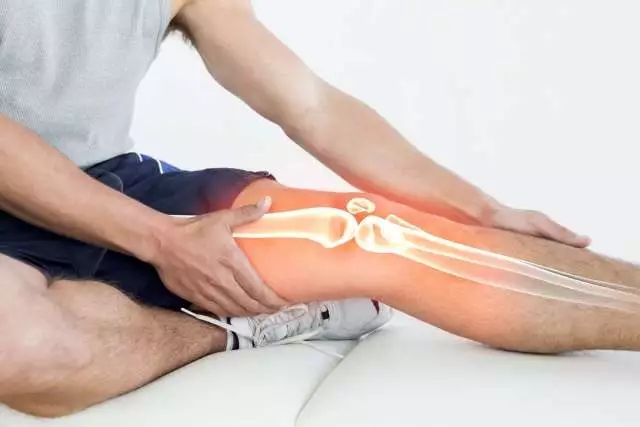According to a study by the University of Michigan, knee injuries account for more than 50% of yoga injuries
. 
The following eight details, or practice habits, are the most easily overlooked
. 
If you can pay attention to them, they will protect your knee joint to the greatest extent
. 
The hip joint, knee joint and ankle joint are the three main joints of the lower limbs
. 
If the hip joint does not move, it will add extra pressure to the knee joint and make the knee joint unbearable
. 
When practicing, you can first use butterfly style and other postures to strengthen the hip joint stretching, and protect the small joint by establishing the flexibility of the large joint
. 
Special reminder: when your hip joint doesn’t have strong external rotation ability, ankle and instep flexibility and extension ability are not enough, or your knee joint has been injured, please don’t try the whole lotus practice easily! The adjustment and construction of 02 posture starts from the placement of the feet to ensure that the soles of your feet can stably contact the ground
. 
The three points of the soles (two points on both sides of the forefoot and the heel) should be evenly distributed on the ground
. 
The toes should be open and keep moving, consciously making the whole soles of your feet evenly exert force
. 
At the same time, pay attention to lift the center of the foot up through the arch of the foot
. 
In this way, the ligaments on both sides of the knee are more evenly stressed, the patella can move freely, and the meniscus is not easy to be over squeezed, so as to avoid injury
. 
03
. 
Ensure the knee joint is in the right position
.
When doing a large degree of knee bending, such as Warrior II, first place the knee directly above the ankle joint, with five toes open
.
After bending the knee, the position of the patella should be consistent with the direction of the second toe
.
If there is a small amount of forward tilt, the knee should not exceed the toe tip
.
At the same time, pay attention to the hind legs, step on the ground with even strength, and drive the body backward
.
If the bent leg sinks, or the knee joint tilts to the inside of the big toe, then the knee joint injury is inevitable
.
04
.
Avoid over stretching (over stretching) of the knee
.
This situation usually occurs in those postures with straight legs, such as triangle stretching, warrior three postures, etc
.
the position of the knee is often prone to over stretching to the back of the leg
.
At this time, the force on the ligaments around the knee is easy to be unbalanced
.
If you have a tendency to over stretch, instead of straightening your legs completely, bend your knees slightly and spread your weight evenly across the soles of your feet
.
05 reasonable use of assistive devices
.
When you are sitting, you can put a cushion under your hips
.
Lightning sitting if the hip can not be put on the heel, you can put a rolled up towel between the thigh and calf
.
In any pose that requires deep knee bending, such as baby pose and sage Maliki pose, you can roll a rolled up towel close to the knee socket first, and then sit down
.
This can greatly reduce the pressure on the knee without damaging the knee
.
06
.
To strengthen the muscles around the knee joint, many exercisers rely on inertia to complete the movement, but they do not start the muscles to practice at this time, which will increase the burden of the knee joint and cause damage (especially meniscus, articular cartilage excessive friction and other injuries)
.
Because muscles are an important support structure for the knee, if your muscles are flabby and weak, your knee may be in trouble
.
The leg muscles are strong, which can support the joints and reduce the pressure of the knee joint
.
07
.
Pay attention to the signals sent by the body, pay attention to the subtle feelings of the knee, the ligaments and cartilage of the knee and meniscus are not sensitive places
.
If you already feel pain, in fact, the injury is often inevitable
.
So in practice to feel carefully, once you feel uncomfortable, immediately adjust to avoid further injury
.
Most of the time, your knee doesn’t give immediate feedback
.
The most important thing is to avoid excessive pursuit of perfect posture
.
In the process of practice, we need to be aware of and observe the body, to practice safely and step by step
.
08
.
Pay attention to the relaxation after the exercise
.
The relaxation after the exercise is very important, which can help the recovery of muscles, ligaments and bones
.
Don’t be lazy and skip this step
.
In fact, the impact of correct yoga practice on the knee is relatively small compared with the common running and climbing
.
As long as we master the relevant knowledge, understand and treat our body well, we can completely avoid injury
.
-Warm heart recommendation – long press the QR code in the picture below to buy immediately –
.

